|
I'm starting a new series of blog posts aimed at anyone who would like to make a quilt for the first time and is not sure where to begin. There is already a wealth of information out there but it can be quite overwhelming. So my aim is to break it all down and to make it easy to understand and follow. This post will explain some quilting terminology and there will be subsequent posts about the materials you need, how to make a simple quilt top, how to turn it into a quilt and how to bind the edge. As with any craft, quilting comes with an array of terminology that might be confusing to you if you are entering the world of quilting for the first time. So let's simplify some of the common terms. 1. Quilt - a quilt is made up of three layers, a quilt top which is created using some sort of patchwork, the middle layer which is some sort of wadding or batting which gives the quilt its warmth, and a backing fabric which is typically one single piece of fabric. 2. Piecing - this means the creation of a quilt top, by cutting fabrics into smaller pieces and joining them back together again in a particular design. This is typically done on a sewing machine. 3. English paper piecing - a style of patchwork that is done by hand. It involves cutting fabrics into small shapes and wrapping them around paper templates, joining them together with other shapes to form a design and removing the paper templates when the quilt top is complete. 4. Binding - a strip of fabric that is wrapped around the edge of the quilt to conceal the raw edges. 5. Blocks - Quilts can be large so they are usually made from small segments that are joined together. These smaller parts are called blocks and they are usually square. 5. Quilt sandwich - this refers to the layering up of your quilt, comprising of your quilt top, your wadding and your backing fabric. The wadding is the 'filling' and the quilt top and backing are the 'bread'.
6. Basting - a temporary way of keeping your layers together whilst they are being quilted. You can baste them together using pins, spray glue or tacking stitches which will be removed when the quilting is done. 7. Quilting - this is the act of using the stitches to sew through all three layers to quilt them together. This can be done by machine or by hand. 8. Walking foot - a special sewing machine foot that helps to guide the layers of fabric through your machine in a way that prevents them from slipping. This foot is essential for quilting, unless your machine has a built in foot like mine does. 9. Free motion - this is when you drop the feed dogs on your sewing machine (the teeth that pull the fabric through the machine) and using an open toe free motion foot, you can quilt through the layers in any direction in which you move the fabric yourself. This opens up a world of design possibility. 10. Long arm quilting- this is done on a special, huge machine. The quilt is put on a frame and can be quilted with larger, all-over designs. This is a professional finish although some home sewers do have these machines. 11. Applique - the application of fabric shapes to a backing fabric. They can be sewn by hand, turning the edge of the shapes under first or they can be stuck to the backing fabric with either glue or iron-on fusible webbing and then sewn around the raw edge. Applique is a lovely technique for creating pictorial quilts. 12. Sashing - fabric strips that are sewn between the blocks of the quilt to space them out and create a clean, fresh look. 13. Low volume - this refers to fabrics that have a more neutral colour palette and have a less busy pattern. Low volume fabrics are important for creating contrast in your quilt design and allowing intricate pieced designs to really stand out. 14. Fussy cutting - when you cut your fabric into smaller pieces for patchwork, rather than cutting anywhere, you can pick a motif or part of the fabric that you want to be the focus of your shape, and centralise it. Fussy cutting offers a lot of scope for creating new designs from your fabric and you can create very intricate patterns this way, but it inevitably creates more fabric waste. And that's it for now! If you have come across any more terms you are unsure of then please leave them in the comments and I will try to answer what they mean. I will be back soon with another post about getting started with your first quilt. Thanks for reading and happy sewing!
0 Comments
Leave a Reply. |
Follow me on InstagramAbout the Author
My name is Emma and I love all things sewing, especially EPP. My little blog is the place where I document what I'm making. I hope you enjoy reading what I'm up to! All opinions are my own and I only share things that I think you will love. Thank you for taking the time to stop by. Archives
September 2023
Categories
All
|
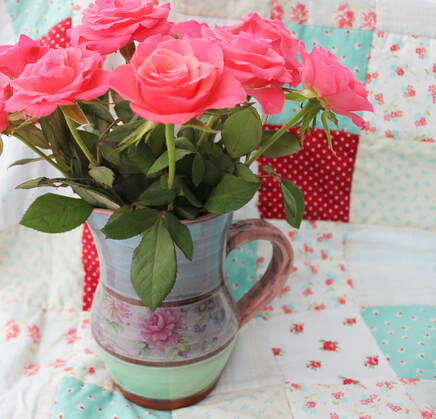
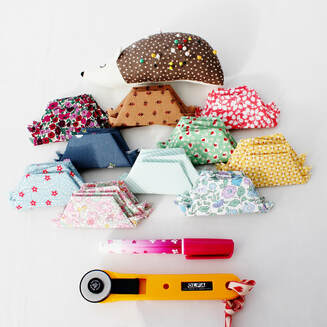
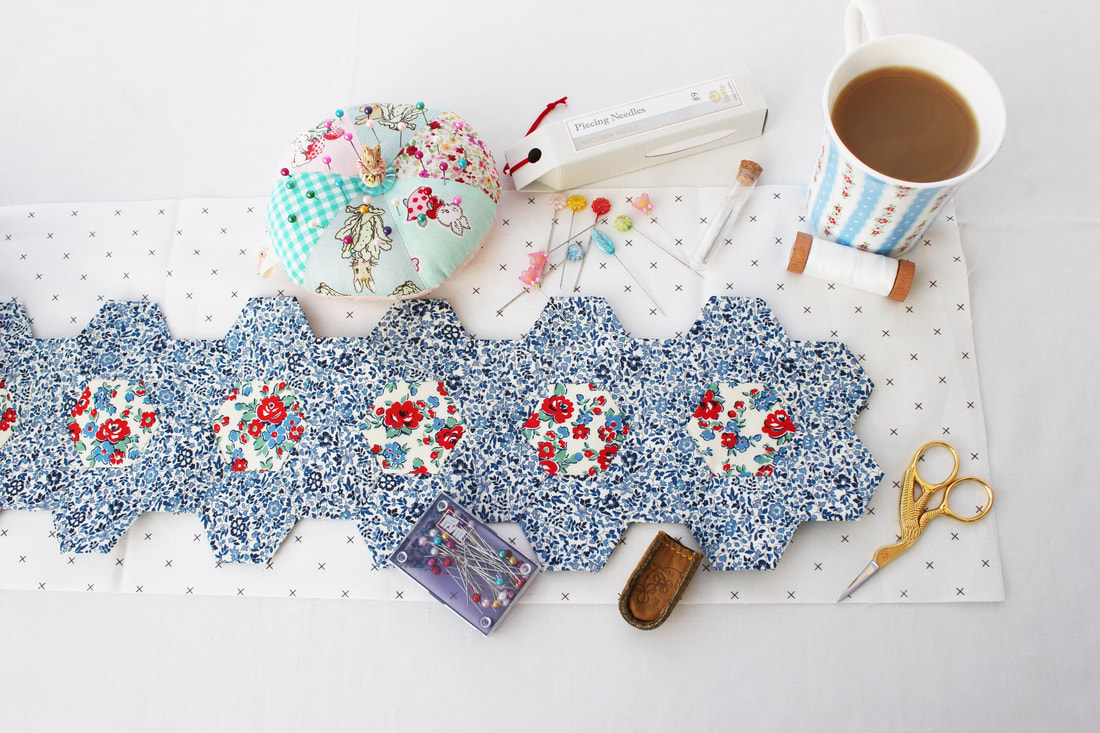
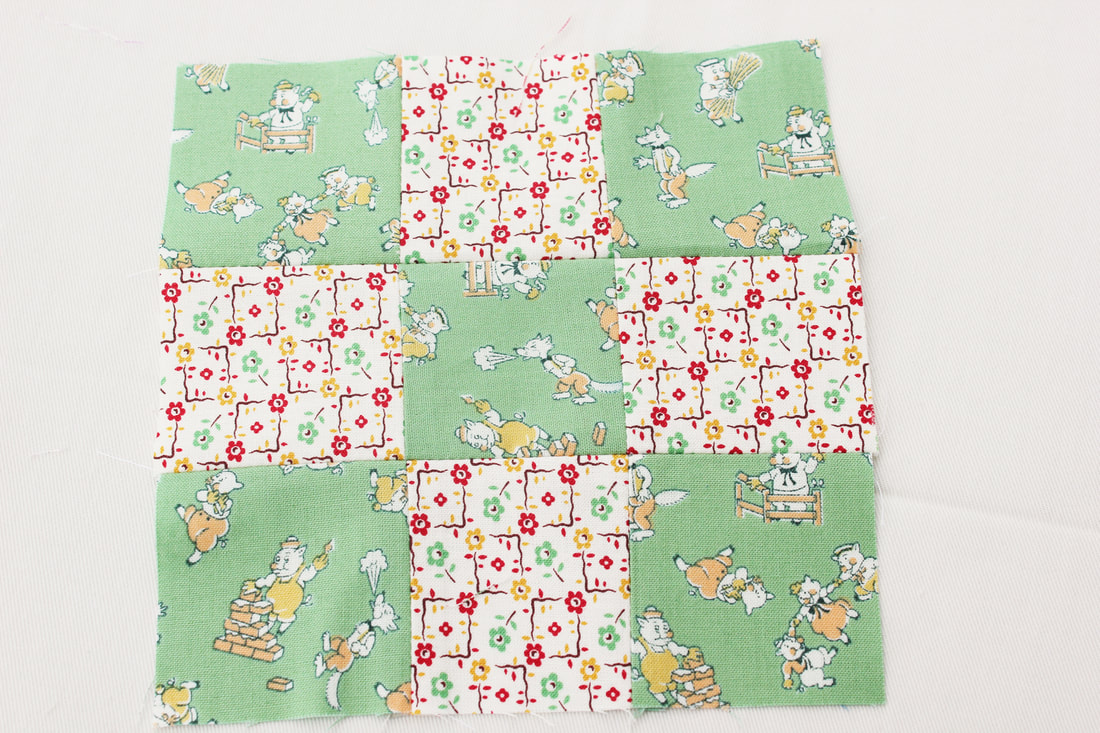
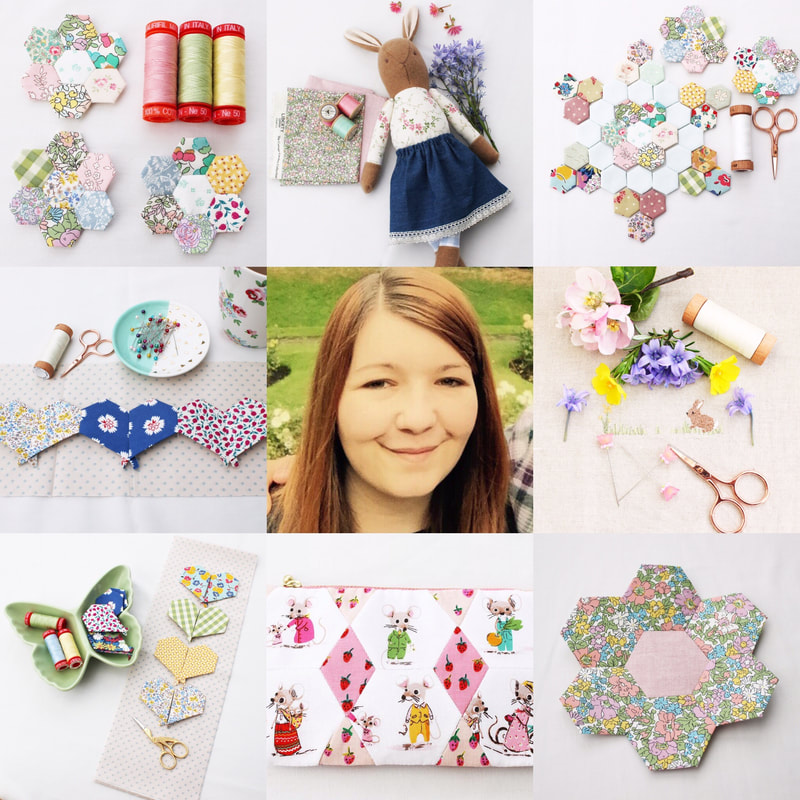
 RSS Feed
RSS Feed